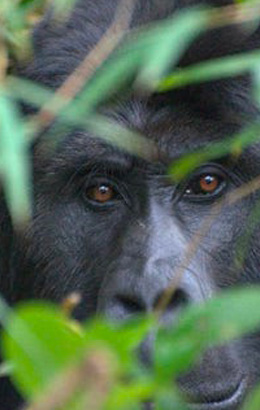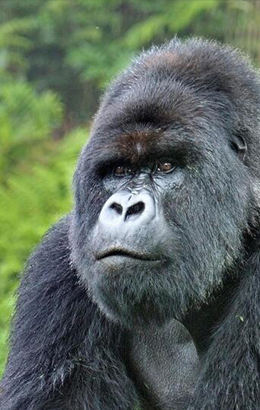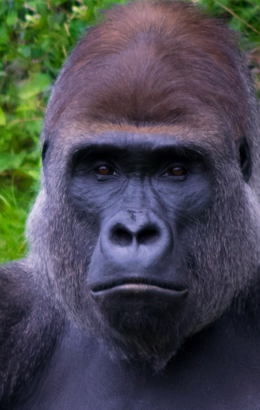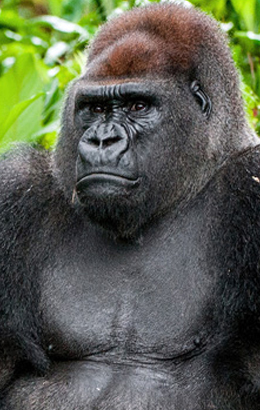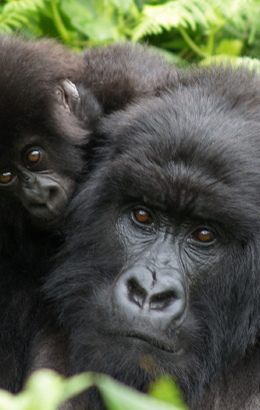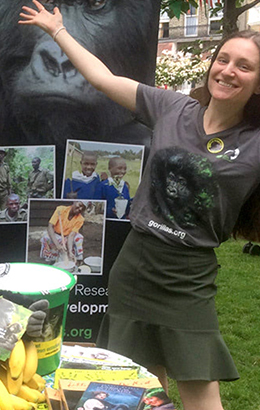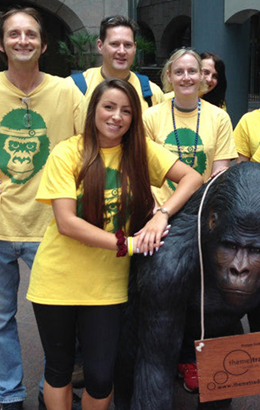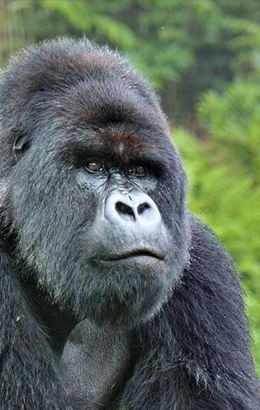A gorilla Ebola vaccine is possible – but how do we get it to them?
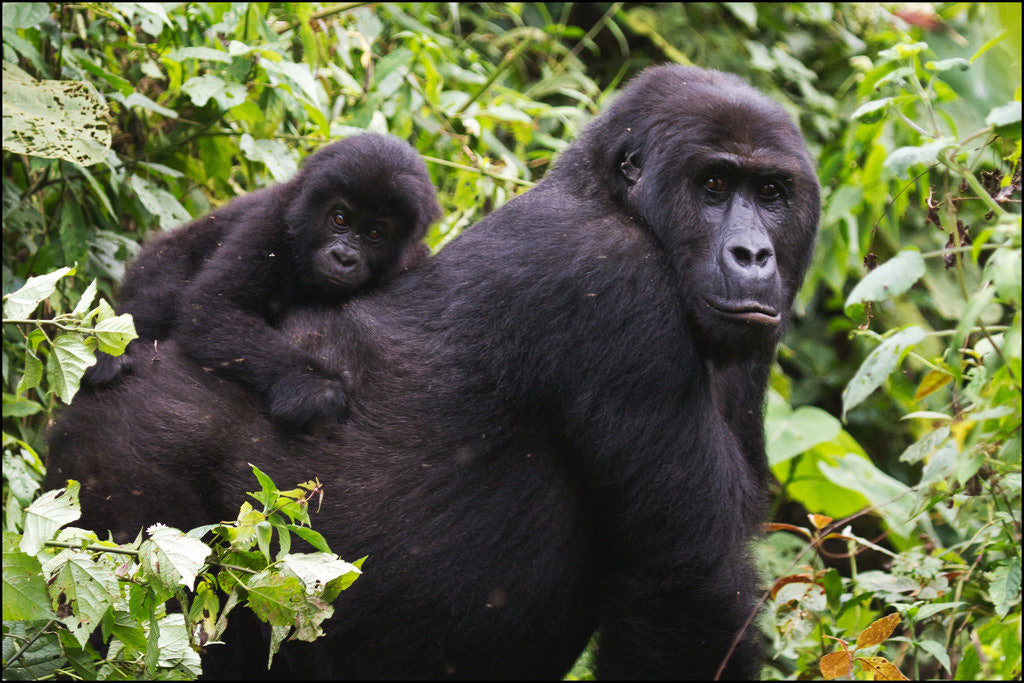
How do we get gorillas to take their medicine?
Hi, this is Tuver,
There is a saying I know in English: “coughs and sneezes spread diseases”. And I am reminded of this every time I go into the National Park to see the gorillas, either with the rangers tasked with protecting them or with groups of tourists eager to see these amazing apes in the wild.
You see, the saying is just as relevant to gorillas as it is to humans. As you probably know, we are almost genetically identical to our cousins in the forest. This not only means that we share the same characteristics, but it also means that diseases can be transmitted between us and them – including Ebola.
Tragically, outbreaks of Ebola have devastated gorilla populations, especially in the west of Africa. The virus has also killed tens of thousands of chimpanzees, and all of us working in the field of great ape conservation are terrified of any future outbreaks.
So it’s with great interest that I read that a vaccine to help protect gorillas from Ebola could soon be on the way. According to Dr Peter Walsh, a scientist at Cambridge University who has been working on this topic for many years now, the vaccine could be 100 per cent effective in protecting gorillas and chimps from the virus.
The big question is, though: how do we vaccinate gorillas? Unlike humans, they won’t come to a clinic and line up for an injection. And shooting them with dart guns could work, but is definitely not without its risks – we spend years working to habituate gorilla families so that we can study them and protect them, and the trauma of this could make them completely distrustful of humans, which would be bad news for tourists and vets!
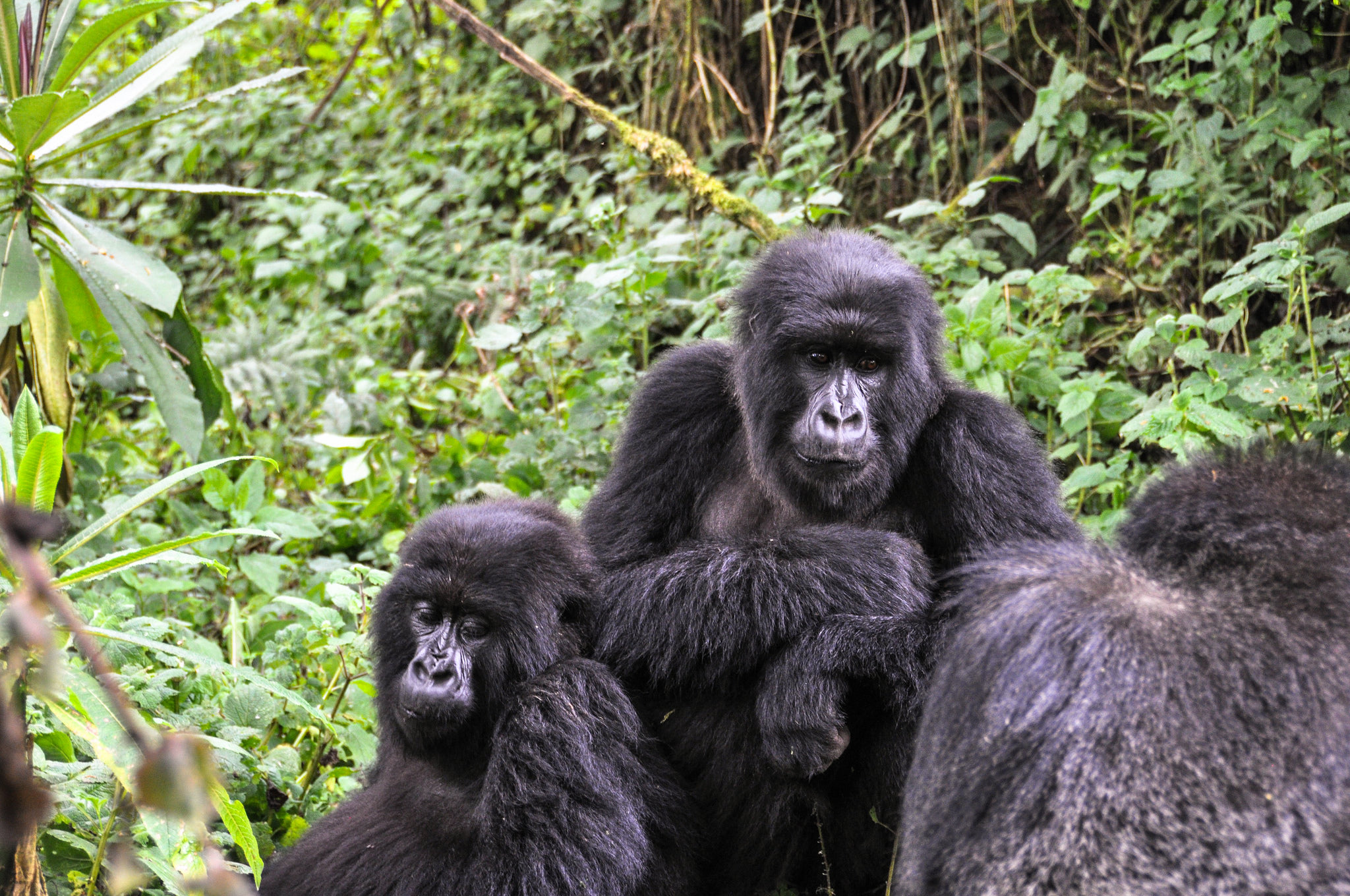
An Ebola outbreak can kill whole gorilla families – we need to act!
One solution could be for rangers to leave oral vaccines out in the forest, for the gorillas to ingest at their own leisure. But from what I have seen of gorillas, the problem here is that they are very choosy about what they eat. Even the hungriest silverback will take his time to select the juiciest piece of wild celery or the biggest berries, ignoring all the rest. Getting them to take their medicine could be quite a big challenge – and that’s not to mention the challenge of reaching unhabituated groups and leaving the vaccines out for them.
Thankfully, after the most recent outbreak, in the far west of Africa, it seems like the Ebola problem has eased a little over the past year. This means we have a little breathing room and time to work on a strategy to keep Africa’s great apes safe from harm. But we cannot be complacent! Ebola, and other infectious diseases, will continue to pose a serious threat to gorillas, so the race is on to find a solution before it’s too late.
